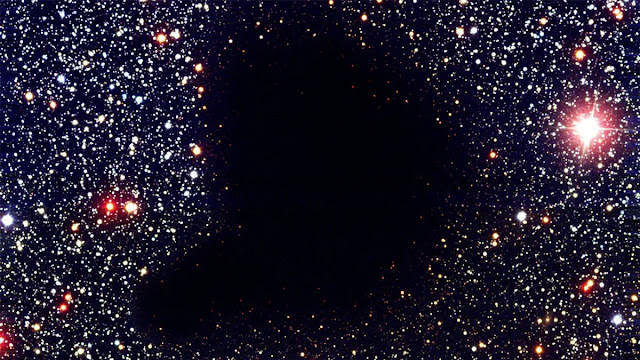Astronomers are facing a cosmic mystery: hundreds of stars observed decades ago seem to have vanished without a trace.
The Vanishing and Appearing Sources during a Century of Observations (VASCO) project has been diligently working to catalog these celestial disappearances by comparing historical data from the US Naval Observatory with recent images from the Pan-STARRS sky survey.
The initial findings were staggering, with about 150,000 potential cases of vanished stars. After meticulous cross-referencing and manual checks to rule out errors, the list was narrowed down to approximately 100 genuine cases of stars that have seemingly disappeared from the night sky.
Stars are known to dim or explode as supernovae, leaving a temporary afterglow, but they do not typically just fade away. One theory suggests these stars could have undergone a failed supernova, collapsing directly into a black hole—a phenomenon considered extremely rare. However, the sheer number of missing stars makes this explanation unlikely for all cases.
Other scientific speculations include gravitational lensing, which could temporarily magnify distant celestial objects, or transient events like gamma-ray bursts. Even closer, moving objects such as asteroids might be responsible for some of the observed disappearances.
Beyond the astrophysical implications, there's an intriguing possibility that fuels the search: the potential discovery of a Dyson Sphere, a theoretical megastructure built by advanced civilizations to harness the energy of a star. While no evidence for such structures has been found, the search for vanished stars could, however improbably, point to extraterrestrial intelligence.
As researchers continue to probe these astronomical anomalies, the quest to understand these vanishing stars not only challenges our knowledge of stellar phenomena but also ignites the imagination about what wonders—or civilizations—might exist beyond our current understanding.
